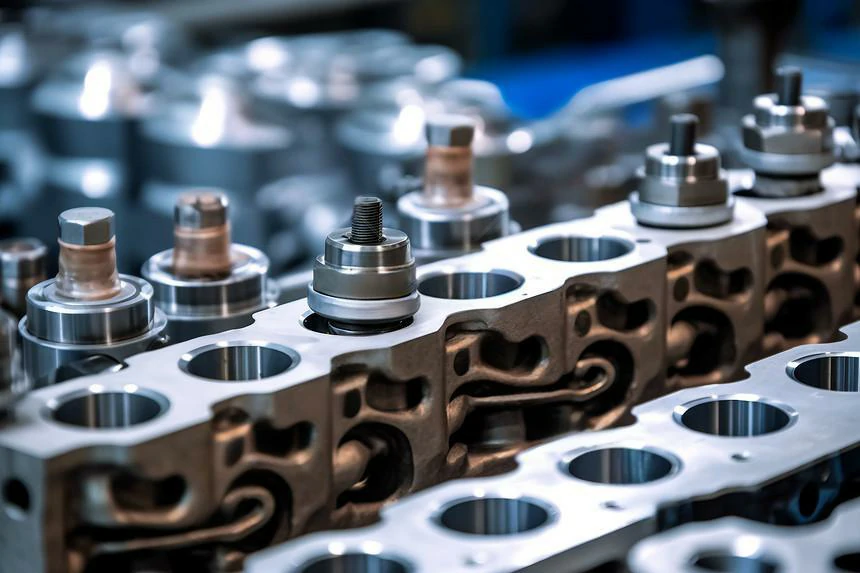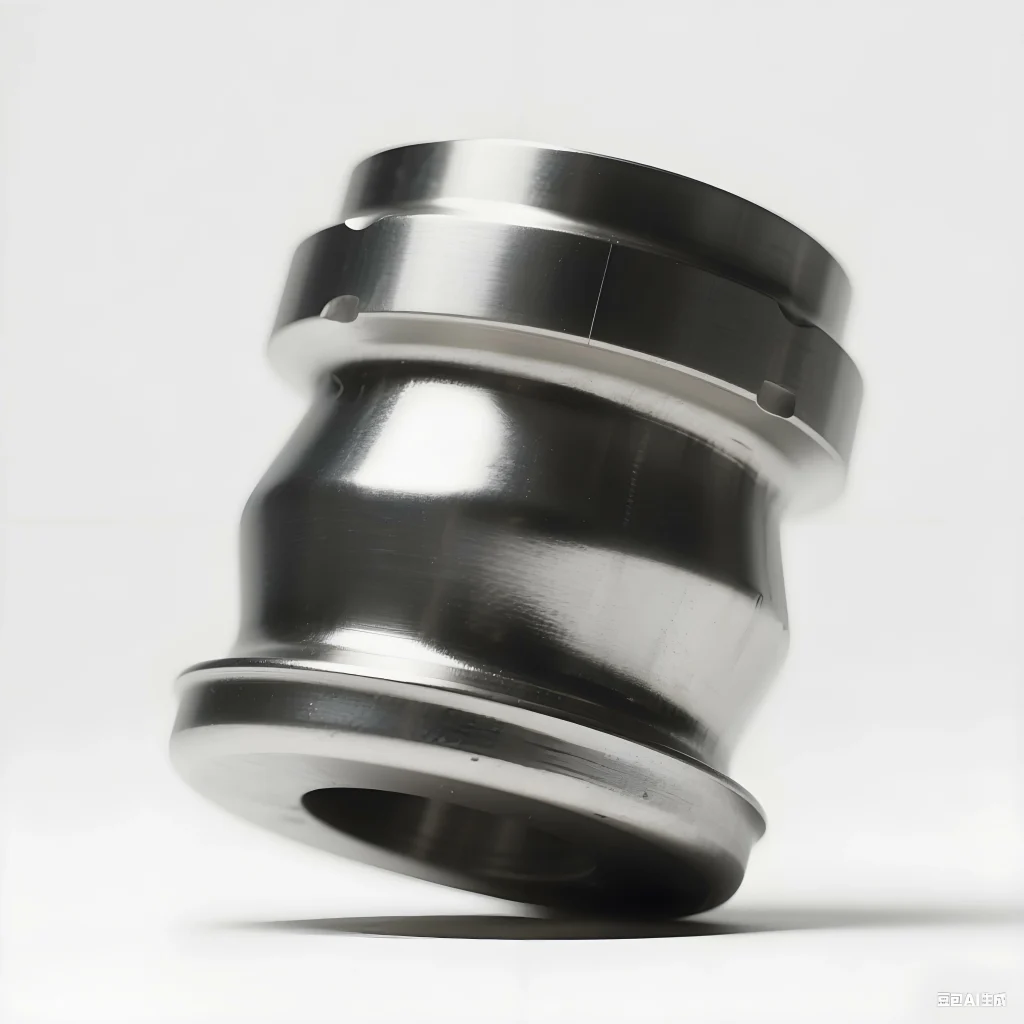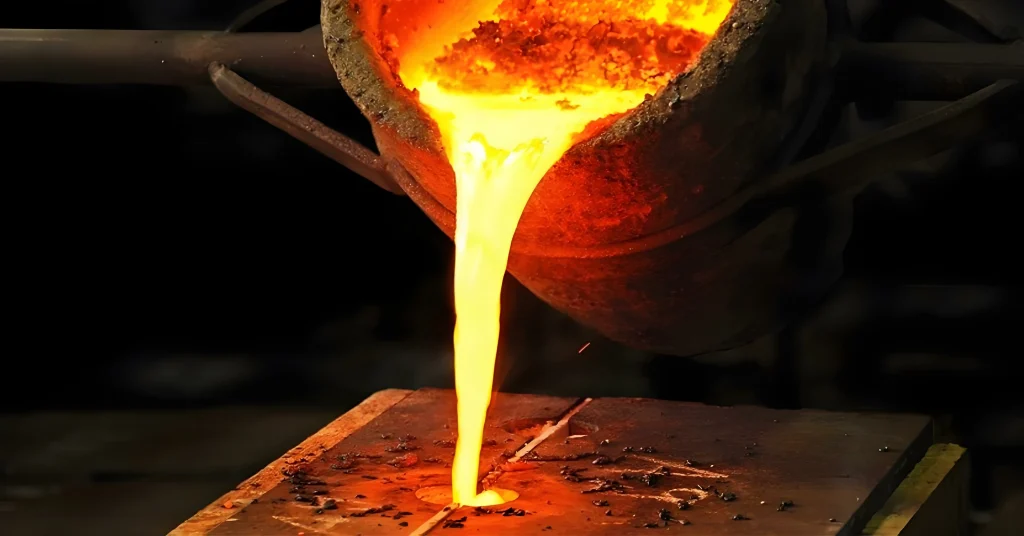1.What Is a Foundry? A Complete Guide to Metal Casting Processes
Foundries are the cornerstone of modern manufacturing, providing a cost-effective and versatile method for producing high-volume, complex metal parts. From the engine block in your car to intricate architectural details, the work of a foundry is all around us. But what exactly happens inside a metal casting foundry? What is the difference between casting and a foundry, and how does it compare to other methods like forging?
At Welleshaft, we believe in empowering our partners with knowledge. This guide will serve as your definitive resource, answering the fundamental question, “what is a foundry?” We will explore the foundry casting process, dive into different foundry technology, and clarify the key terminology to help you make informed decisions for your projects.
2.Understanding the Casting Facility: Core Concept and Purpose
-
The Principle of a Metal Casting Plant
Put simply, a metalworking plant for casting is a factory that makes metal parts. The core principle of a casting works is to melt down metal, pour the liquid metal into a carefully made mold, an let it cool into a solid shape, known as a formed piece.
In the world of engineering, the role of teh foundry is huge. It’s a primary production method that lets us create complex shapes that would be nearly impossible to make any other way. The main function of a casting house is to turn raw foundry metal into functional parts that are already close to their final shape.
As a leading casting and foundry specialist, Welleshaft has experience with many materials. We are experts in producing molded brass components, and the products we help make are vital to dozens of industries.
-
Industries Served by Modern Casting Techniques
The reach of these metal forming techniques is vast. The parts we produce are critical for many sectors, including:
- Automotive: Vehicle component manufacturing like engine blocks, transmission housings, and suspension parts.
- Aerospace: Production of turbine blades, structural brackets, and parts from aerospace certified casting facilities.
- Construction: Pipes, valves, and structural fittings.
- Machinery & Equipment: Fabrication of industrial pump housings, machine frames, and parts for agricultural equipment.
- Art & Architecture:Bronze sculptures, custom pieces from an art and sculpture fountain foundry, and decorative architectural metal casting services.
At Welleshaft, our job goes beyond just production. We make sure every foundry cast part meets exact customer needs and quality targets, often using special tests to guarantee perfect performance.

3.The Sequence of Operations: The Metal Molding Process Explained
Many people ask us to explain the foundry casting process for beginners. While the science can be complex, the actual steps are logical and straightforward. Think of it as a highly advanced recipe. Every step, from the initial design to the final finishing, builds on the last. Getting each step right is how we ensure the quality and strength of the final part. Let’s walk through that step-by-step foundry casting process.
Step 1: It All Starts with a Pattern
First, our technicians create a pattern. This is a physical model of the final part, made from wood, plastic, or metal. The pattern is a little bigger than the final product to account for the metal shrinking as it cools down.
Step 2: Making the Mold
Next, we use the pattern to make the mold. What is sand casting in a foundry? It’s the most common method, where we pack a special sand mix tightly around the pattern. When we pull the pattern out, it leaves a perfect hollow space inside the sand. For parts needing extreme detail, a precision investment casting foundry like Welleshaft might use a ceramic mold built around a wax pattern.
Step 3: Melt and Pour
Now for the main event. This is the heart of the foundry and casting operation. We heat the chosen metal alloy in a furnace until it turns completely liquid. Following strict safety procedures in a metal fabrication plant, our team then pours the liquid metal into the mold.
Step 4: Cooling and Solidifying
The job isn’t done yet. We let the liquid metal cool down and turn solid inside the mold. We control the cooling speed very carefully. This control helps define the metal’s final properties, like its strength and durability.
Step 5: Shakeout and Finishing
Finally, we break the mold away from the newly formed metal part. This raw casting then moves to the finishing department. Here, our team cuts off any extra metal, blasts the surface to clean it, an grinds it smooth. The part might then go on to get precision machined or heat-treated depending on what the customer needs.
4.Casting Method vs. Casting Facility: Clarifying the Terms
People often mix up the terms ‘casting’ an ‘foundry,’ but they’re not the same thing.
- Casting:This is the process of pouring liquid metal into a mold. It’s the action, the fabrication process
- Foundry:This is the place where it all happens. A smelting works or casting house is the factory with all the equipment and skilled people needed to make metal castings.
A simple way to think about it: Baking is the process, and a bakery is the place. In the same way, metal molding is the process, and Welleshaft is the industrial plant that specializes in that process.
5.Comparison of Manufacturing Methods: Casting versus Forging
A big question we hear is about foundry vs forge. Choosing between casting and forging is a critical decision that impacts your part’s strength, complexity, and cost. It’s not about which is better overall, but which is the right tool for your specific job. Both are powerful metal shaping techniques, but they work in fundamentally different ways. Forging hammers hot, solid metal into shape, while casting uses liquid metal to fill a shape.
Here’s a table to help you see the difference in the foundry vs forge strength comparison:
| Feature | Casting (at a Foundry) | Forging (at a Forge) |
| Core Technique | Metal is liquefied and poured into a mold. | Metal is heated to a malleable state and shaped by compressive force. |
| Design Freedom | Great for complex, intricate shapes wit internal voids. | Best for simpler shapes. Internal voids are not possible. |
| Material Properties | Isotropic (uniform strength in all directions). | Anisotropic (directional strength). High tensile strength. |
| Tooling Cost | Lower tooling costs; great for high-volume, complex parts. | Higher tooling costs; can be better for very simple parts in huge numbers. |
| When to Use | Use a cast foundry for engine blocks, pumps, intricate housings. | Use a forge for hand tools, crankshafts, high-stress levers. |
The main advantage of component casting over forging is its design freedom. When you need a complex part made in one piece, liquid metal shaping is usually the smarter, more economical path.
6.Types of Casting Plants: Ferrous vs. Non-Ferrous Specialists
Casting facilities are often grouped by the metals they handle. At Welleshaft, we have a deep knowledge of both types, which lets us serve a bigger range of industry needs.
-
Ferrous Casting Facilities
Ferrous casting plants work with iron-based metals, like all the different types of iron and steel. These alloys are famous for their strength, making them the go-to choice for heavy-duty jobs, like those done by a foundry specializing in large castings.
-
Non-Ferrous Metalworking Plants
Non-ferrous casting specialists, like us at Welleshaft, focus on metals that don’t have much iron. These materials give us special properties like light weight and rust resistance. We offer expertise in:
- Cast Brass Alloys: We are a top foundry for brass casting services. The great properties of cast brass from a foundry make it perfect for plumbing fixtures and marine-grade brass components.
- Non-Toxic Brass Fabrication: As a leading lead-free brass casting foundry, we follow the strictest health rules, understanding the critical procedure of casting lead-free brass.
- Aluminum Castings: Our work as a custom aluminum casting specialist is valued by industries that need lightweight parts.
- Bronze Components: This material is perfect for bearings, bushings, and for our bronze sculpture casting partners.

7.The Heart of the Casting House: How Do We Liquefy Metal?
So how do foundries actually melt all that metal? The answer is furnaces. The type of furnace we use is a key part of advanced casting systems, and the choice depends on the metal we’re melting and how much we need to make. The equipment used in a metal factory includes:
-
Induction Furnace
This is the workhorse for many non-ferrous specialists, including die casting foundry teams. It gives us tight temperature control and clean melts, which is why we use it at Welleshaft for aluminum and foundry brass.
-
Electric Arc Furnace (EAF)
We use an EAF mostly for steel. It uses a huge electric arc to generate incredible heat, turning large amounts of metal into liquid.
-
Cupola Furnace
This is a more traditional furnace you’ll find in iron casting facilities. The cupola is a tall furnace that melts iron using coke for fuel.
-
Crucible Furnace
This furnace uses a special pot (the crucible) to hold the metal as it’s heated. It’s great for smaller jobs and is a key tool in any prototype metal casting foundry.
8.People Also Ask (PAA)
-
What is the primary function of a casting facility?
The main job of a casting facility is to make metal parts by melting metal and pouring it into a mold. This component manufacturing process lets us create complex parts in large numbers.
-
What is the difference between casting and molding?
Casting is the whole production technique of pouring liquid metal into a mold. Molding is just one step in that technique—it’s the part where the hollow mold is actually made.
-
What are the benefits of the foundry casting method?
The main benefits are making very complex shapes, creating parts with internal holes, getting a “near-net-shape” that needs less finishing work, and affordably making parts like those from an automotive parts casting foundry.
-
Is working in a foundry hazardous?
Working in a casting plant has risks. But a modern shop like Welleshaft follows very strict safety rules. We have comprehensive safety protocols for metalworking plants, including protective gear and training, to keep our team safe.
9.Why Choose Welleshaft as Your Component Fabrication Partner?
Understanding what a metal casting plant entails is the first step. The next, more important step is picking a partner who delivers quality and is reliable.
Welleshaft is more than just a factory; we are a team of experts focused on top-tier advanced casting technology. So, whether you need a specialist for high-volume sand casting or a partner for unique architectural pieces, we have the skills to get it done right.

